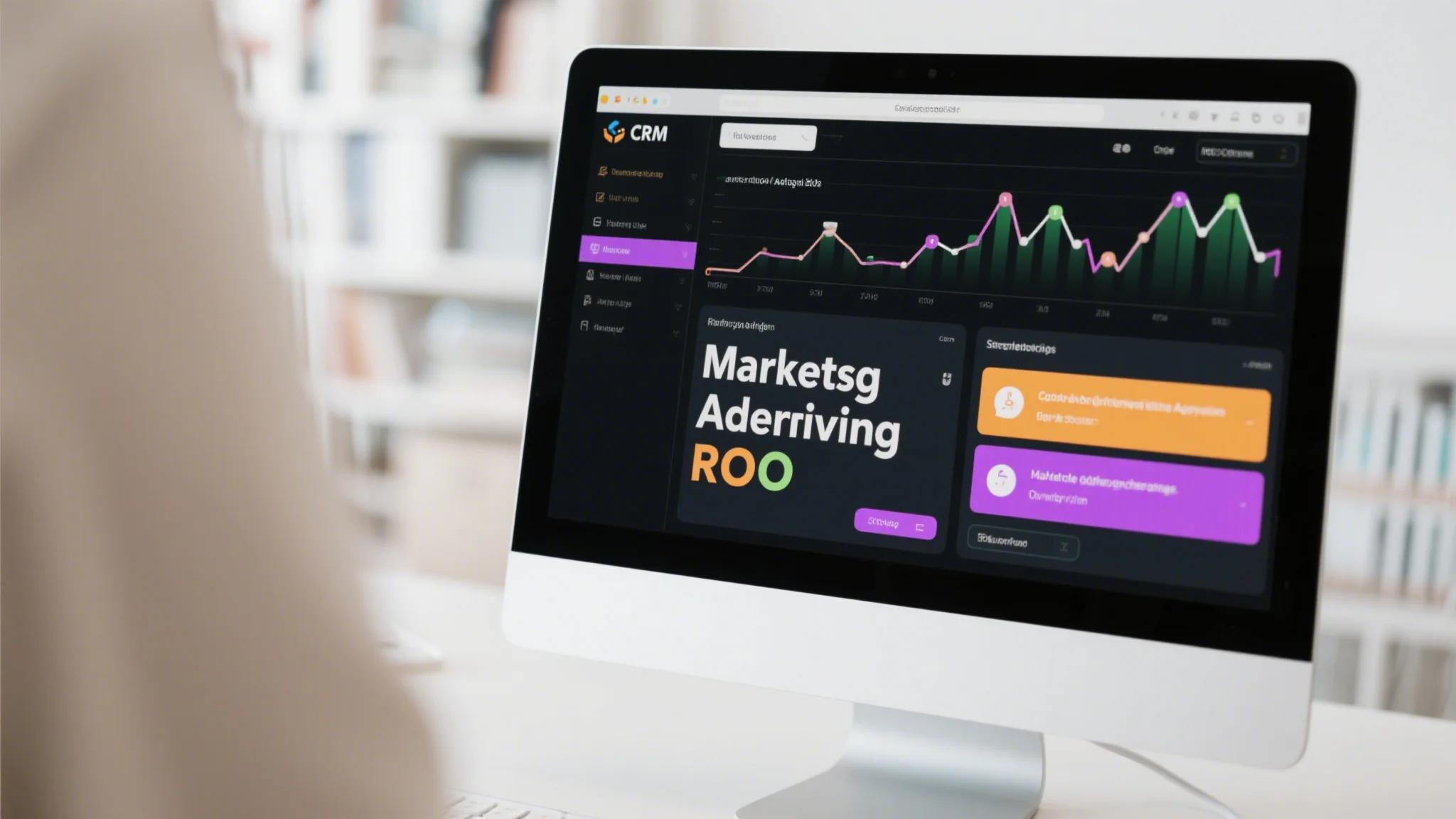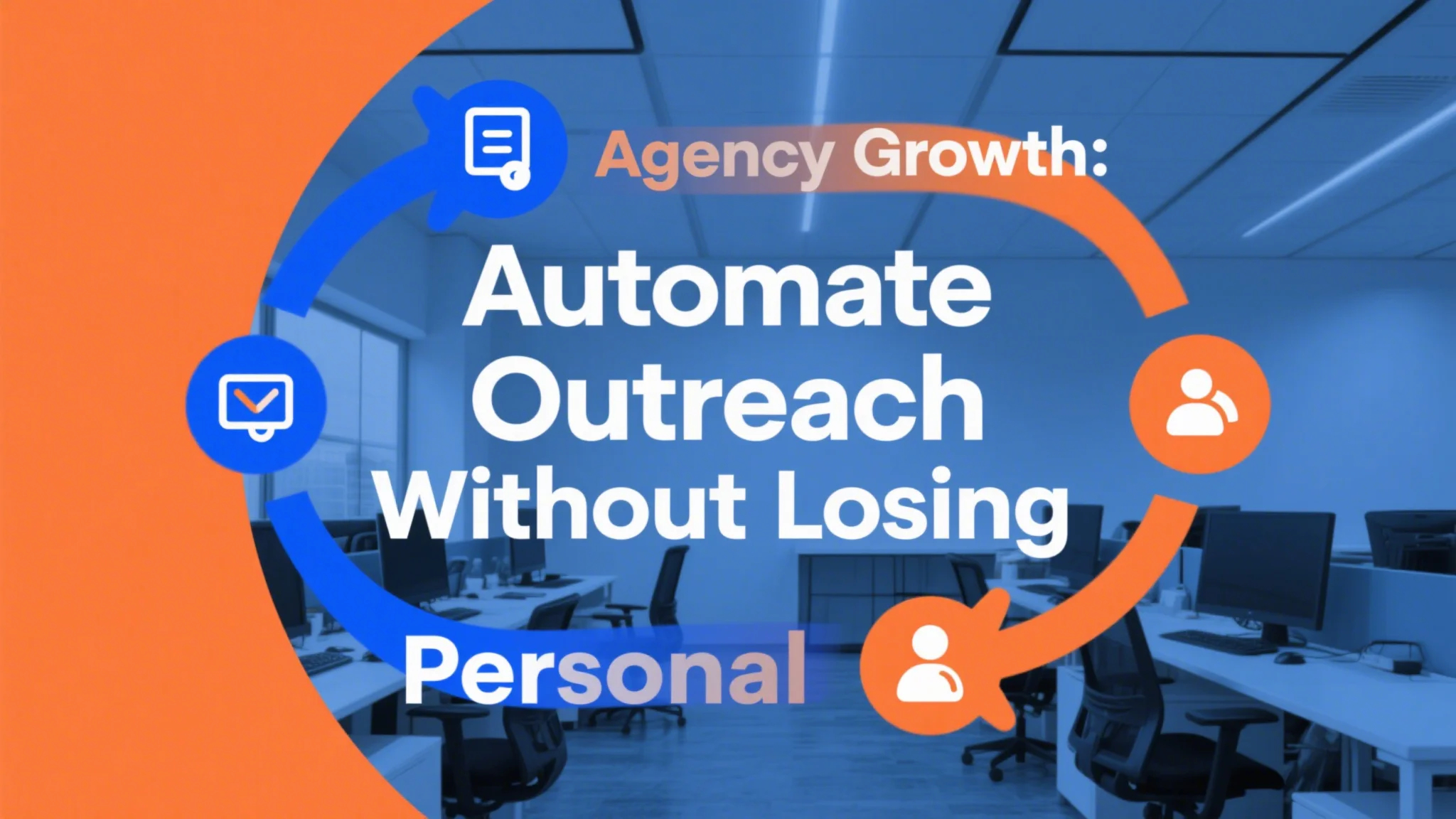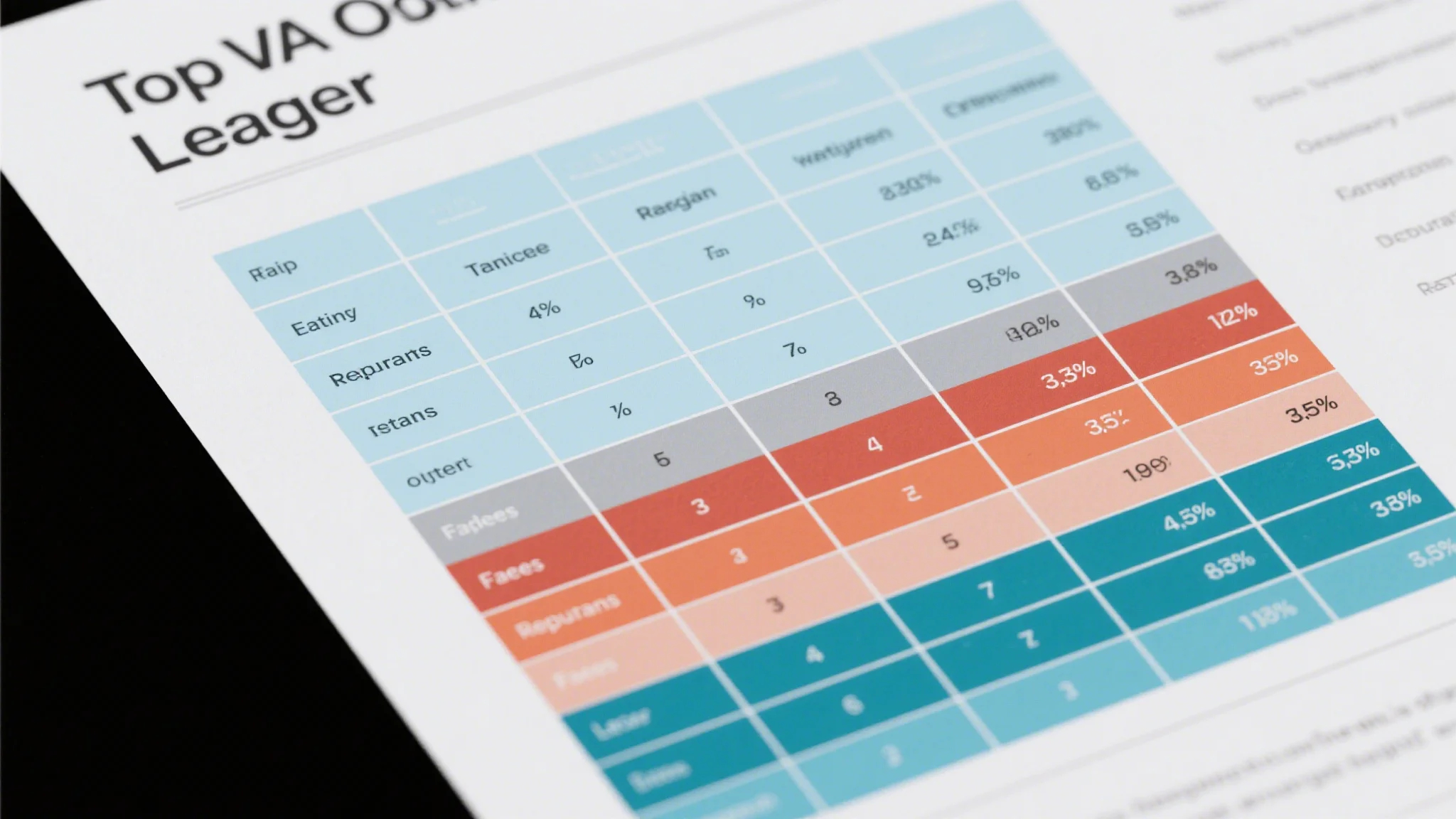Understanding the Basics of Pricing Marketing Automation Services
Pricing marketing automation services effectively is crucial for both attracting clients and ensuring your business’s sustainability. This process begins with understanding the services you offer and the value they provide. Marketing automation encompasses a range of tasks, from email campaigns to social media management, each varying in complexity and scope.

One approach is to consider different pricing models. Hourly rates are suitable for short-term projects, offering flexibility but less predictability for longer engagements. Fixed fees provide clarity but come with the risk of budget overruns. Performance-based pricing, where fees are tied to results, can be appealing but requires precise measurement of outcomes.
The value delivered is central to pricing. If automation increases efficiency and ROI, consider charging based on these benefits, such as a percentage of generated revenue. This approach aligns your success with your client’s success.
Project scope also influences pricing. A simple email setup may cost less than a full CRM integration. Thus, pricing should reflect complexity and scale. Additionally, factor in your own costs and profit margins, ensuring you cover expenses and earn a profit.
Advanced Strategies for Effective Pricing
Consider tiered pricing to cater to different client needs, offering basic, standard, and premium packages. Bundling services, such as yearly subscriptions with discounts, can attract clients and ensure steady revenue. Transparent pricing builds trust, clearly outlining all costs upfront.
Competitive analysis is essential. Research what others charge to avoid pricing that is too high or too low. Offer flexible options, like payment plans or long-term discounts, to accommodate varying client budgets.
Additional services, such as training, should be priced separately or included in packages. Lastly, monitor the effectiveness of your pricing strategy, adjusting as needed based on revenue and client satisfaction.
By thoughtfully considering these factors, you can create a pricing strategy that balances profitability and client satisfaction, fostering a successful and sustainable business.



